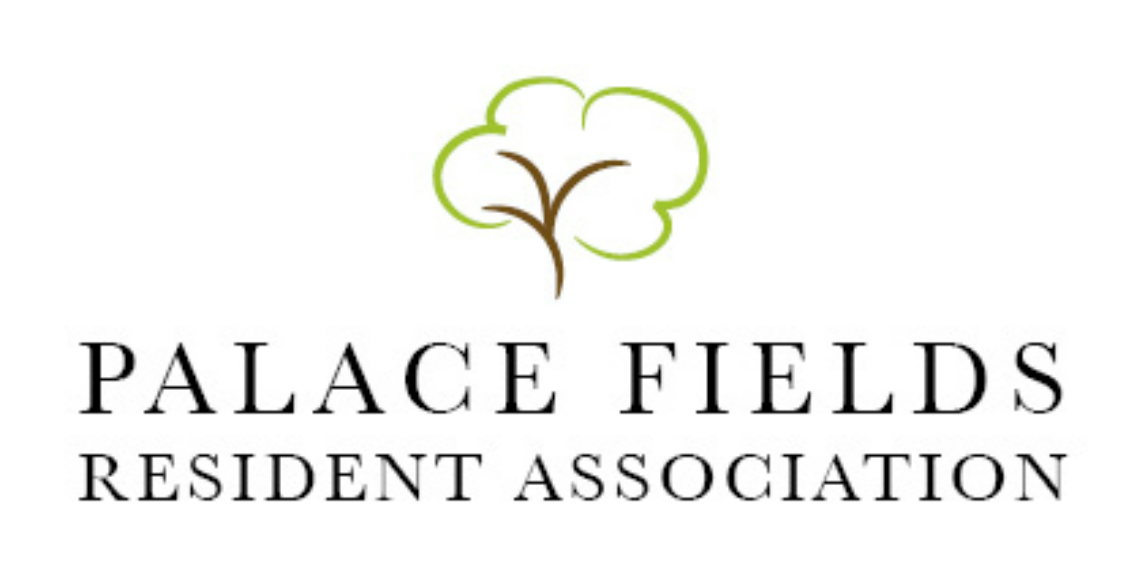What are the differences between eir Fibre and uncongested broadband speeds?
Fibre access is already installed in the estate. Now there are two methods of network cabling, Copper access, and Fibre Optic Access. Copper Access supports lower data rate download, and Fibre Optic Access supports higher data rate download rates. You just need to let your provider know which one you want access to, as there is of course, a cost implication.
eir Fibre broadband can provide speeds of up to 100Mb which are much higher download and upload speeds compared to uncongested broadband. This is because eir Fibre uses fibre optic cables from the telephone exchange to your local cabinet, whereas uncongested or DSL broadband use copper lines and these fibre optic cables allow faster, more reliable speeds.
eir Fibre broadband can provide speeds of up to 100Mb which are much higher download and upload speeds compared to uncongested broadband. This is because eir Fibre uses fibre optic cables from the telephone exchange to your local cabinet, whereas uncongested or DSL broadband use copper lines and these fibre optic cables allow faster, more reliable speeds.
What speed can I expect?
There are two main elements to the speed you experience in your home.
Note: cables are not laid in direct line of sight.
- The speed coming down the cable into your house from outside (your line speed)
- The wireless/Wi-Fi signal within your house
Note: cables are not laid in direct line of sight.
Why do eir refer to "up to" speeds?
Providers say "up to" because the broadband speeds your line can receive to your door will depend on a number of factors, including how far you are from your local exchange - the closer you are, the higher the speed your line can handle.

